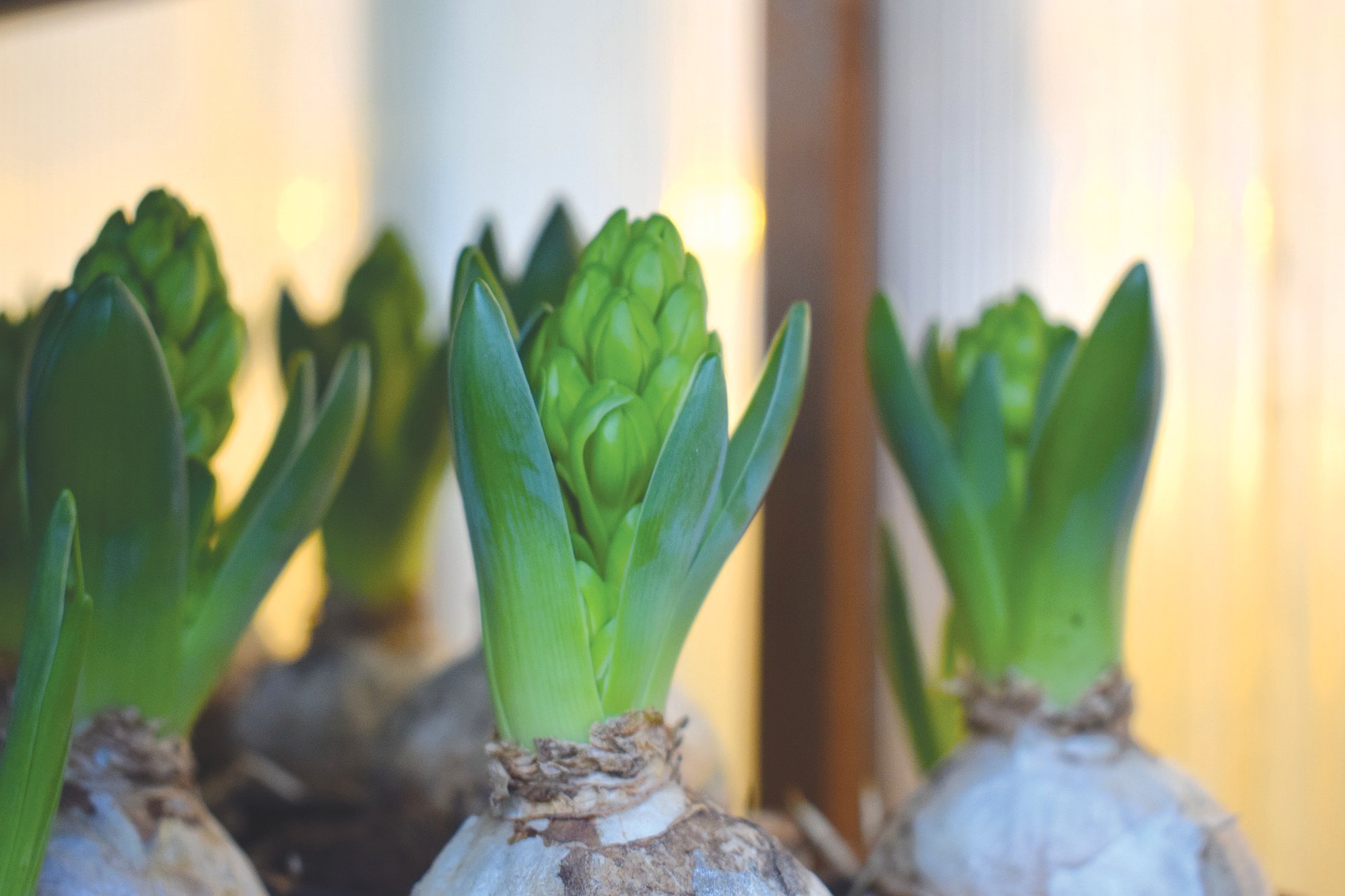Planting bulbs this fall? Protect them
With autumn about to begin, you're probably thinking about the shorter, colder days of winter rather than the beauty of spring flowers blooming from bulb planting. If you want to enjoy tulips, daffodils, hyacinths and other beautiful blooms next spring, it's time to plan for and plant bulbs.
Spring-blooming bulbs need to be planted in autumn so they'll have time to form strong roots before the ground freezes. The best time to plant is mid-September through late October when the soil temperature typically falls below 60 degrees. Bulbs need time to get established before winter's freezing weather sets in.
Many winter hardy bulbs are left in the ground year after year and can provide multiple years of gorgeous color. To make the most of your time and money investments, be sure to give them a good start.
Timely tips on planting bulbs
-When buying, look for bulbs that are plump and firm and avoid those that are soft, rotted, moldy or dented.
- Once purchased, it's important to get them in the ground as soon as possible to prevent them from drying out. If you can't plant them right away, store them temporarily in a cool, dark place and plant as soon as possible. Storage must be cool, as temps near 80 degrees will damage - even kill - heat-sensitive bulbs, like tulips.
- It's always recommended to do a soil test prior to planting to be sure your pH level is 6.0 to 7.0 for most bulbs. Adding limestone can raise pH if necessary, or if your pH is too high, add some sulfur. Your soil test results will reveal what amendments you might need.
- Spring flowering bulbs can literally cover lots of ground. They not only bloom in a beautiful range of colors, shapes and sizes, but they also thrive in a wide variety of conditions. As a rule, bulbs grow best when planted in areas that have well-draining soil and where they receive full sun to light shade. Another good rule to remember is if you're planting bulbs that bloom in spring, plant in fall. For bulbs that bloom early summer or later, plant in spring.
- When deciding where to plant, keep in mind that it's often still cold and bleak when the first spring bulbs break ground. Consider planting them where they can be seen from inside the house - so you can enjoy living color from the comfort of home. Some other prime viewing areas are next to walkways and entry doors, under deciduous trees, in front of evergreens and in open flower beds.
Protect against
bulb bandits
Bulbs are favorite foods for garden varmints like squirrels, chipmunks and other critters who dig them up and eat them, dashing your chance for beautiful blooms in springtime.
You can protect your bulbs and the beauty they bring in spring by employing some timely tactics:
Working in wire: If critters are a problem in your yard, although cumbersome, try covering bulbs with wire mesh screening, which will allow shoots to grow through the holes while keeping critters out.
Plant resistant varieties: Small animal pests love tulips just as much as deer, but they're less interested in daffodil, allium, scilla and some other bulbs as well.
Dip it: Use a proven, effective repellent: One of the best and easiest ways to protect newly planted bulbs is with a third party-tested, proven effective repellent like Bobbex-R Rabbit & Small Animal Repellent. This all-natural product repels rabbits, chipmunks and other small herbivores through smell and taste aversion.
To protect bulbs as you plant them, pour Bobbex-R into a small container and dip the bulbs in it prior to planting, following these simple instructions. Once the solution dries, it becomes water-insoluble, so it won't wash off.
Come springtime, when your plants emerge, spray them with Bobbex-R to protect flowers and foliage.
Take it one step further and use Bobbex-R as a critter deterrent by spraying at the mouth of animal burrows.
Bulbs need protection from the minute they go into the ground. Protect them as you plant for best results for an early array of color and beauty that will kick start spring gardens and enhance your yard with the living color we all crave.
For more information on repellents, please visit www.bobbex.com.
More Articles to Read

